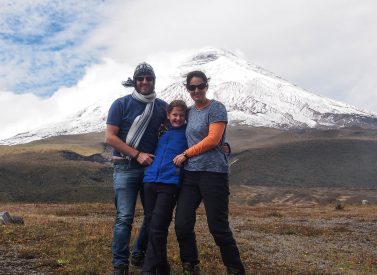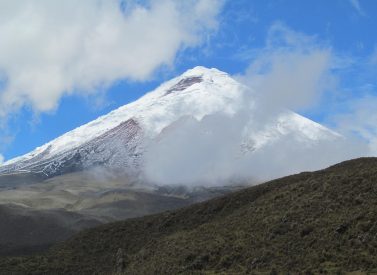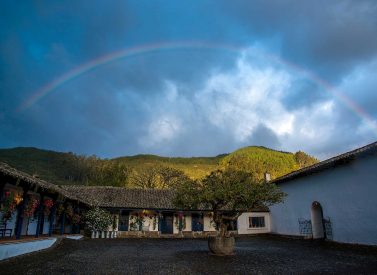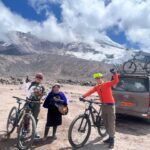
Ecuador Walking Highlights Tour, 7 days
Our unique walking tour of Ecuador’s highlights
This fantastic holiday takes in volcanoes, hot springs, markets and Inca ruins.
Energetic morning walks are followed by relaxing afternoons in beautiful locations.
We spend evenings enjoying free time in a traditional, cosy hacienda or hotel, leaving you refreshed for the next day’s hiking adventure.
Altitudes reached are not overly high, so this is a perfect tour for those looking to combine activity with culture.
Join others on a small group tour or book a private one to suit (variations available).
More on Ecuador walking highlights tour
This week-long itinerary take in both the north and south of Ecuador.
After leaving Quito, we head north and visit the equator before visiting typical Andean towns and hiking beautiful highland lakes.
We walk around Cuicocha’s impressive turquoise crater lake and visit the famous Otavalo market.
Travelling south, we visit the hot springs of Papallacta and then Cotopaxi National Park.
The tour ends in Baños, trekking beautiful, little known trails then enjoying this lively town.
Trip Highlights
Print Share Download as PDF-
Visit the top walking highlights in Ecuador with this one-week tour. Hike the best trails both in the north and south of the country.
-
Visit hot springs, Andean markets and the equator.
-
Walk around volcanic lakes and craters among dramatic scenery.
-
Visit the famous Cotopaxi National Park.
The guides on the mainland were fantastic, well informed, excellent English and enthusiastic - especially Andres. Such a beautiful and varied country. The itinerary was perfect and all the arrangements worked well.
L. Course, Ecuador
Full Itinerary
Day 1: Visit The Equator line, Cusin to Peguche walk, hacienda (L,D)
An early start, we’ll pick you up from your Quito hotel (not included, we can book these for you if required), and travel north.
We stop at the Quitsato Museum with its unique sundial, located exactly on the equator line. Your guide will explain the importance of the line to modern and ancient civilisations.
After a picnic lunch near San Pablo lake, we walk along the foothills of the imposingly beautiful Imbabura Volcano, passing by local farmlands & through surrounding communities, observing the everyday life of the colourful Otavaleño people and enjoying stunning lake views.
If there is time in the afternoon, we can visit a weaver’s home and learn more about this traditional art, and also visit a family of Andean musicians who hand craft their instruments and happily share their music.
We arrive later that afternoon at Las Palmeras, our base for two nights.
Distance: 7km / 4.3 miles
Time: 2.5 hours
Altitude: 2,600m/8,530ft
Day 2: Cuicocha lake walk, Cotacachi & Otavalo market, hacienda (B,L,D)
Today’s adventure takes us to the stunning Cuicocha Volcano. The hike follows the rim of its stunning blue-green crater lake. As we trek through Andean forests, we admire orchids and bromeliads, and keep an eye out for the endangered Andean Condor. The hike offers spectacular views of the lake throughout.
This circular trail is rated moderate. It begins with a steady uphill climb lasting about 1.5 hours, ascending from 3,100m to 3,500m. The next portion features gentle ups and downs along the crater rim for approximately two hours, followed by a gradual descent over the final 1.5 hours, returning to the starting point. (5 hours, 12km). A boxed lunch is provided.
In the afternoon, we visit the charming leathercraft town of Cotacachi, followed by a stop at the vibrant Otavalo handicraft market. Here, indigenous artisans from the region, each with their distinctive dress and customs, showcase a wide range of handmade goods.
Dinner and overnight at Las Palmeras.
Distance: 8km / 5 miles
Time: 4 hours
Altitude: 3,100-3,500m/10,170ft-11,483ft
Day 3: Papallacta lakes walk, Papallacta hot springs, lodge (B,L,D)
Today’s walk explores the beautiful glacial landscapes around Papallacta.
Papallacta is home to lots of volcanic hot springs, which locals and tourists visit to help dissolve away the stresses of modern life.
On our walk we reach the highest level of our trip at 4,000m/13,123ft.
We pass mountain lagoons and discover elfin forests where we can learn more about the distinct flora & fauna of this region.
Great views, and you start to see how Ecuador is so varied, in climate, flora, fauna and vistas.
After a picnic lunch we can relax in the thermal waters of the local hot springs.
Dinner & overnight in Guango Lodge, a rustic lodge with plenty of history and character, plus lots of humming birds that come to feed at twilight and dusk.
Distance: 8km / 5 miles
Time: 4 hours
Altitude: 3,600-4,000m/11,811ft-13,123ft
Day 4: Cotopaxi National Park – Pita Canyon loop, hacienda (B,L,D)
This morning, we journey south to the Cotopaxi region for a circular hike through the stunning Pita Canyon. Along the route, enjoy breathtaking views of the canyon, as well as the Cotopaxi, Sincholagua, and Rumiñahui Volcanoes.
This moderate hike takes place at an altitude of 3,600m to 3,800m. The first section follows the Pita River along the canyon for approximately one hour, featuring a gentle climb that brings us into Cotopaxi National Park.
We then continue for 1.5 hours across a landscape dotted with massive volcanic formations and debris, navigating gentle ups and downs until we reach the “pucara,” an ancient Incan fortress ruin within the park.
The final portion of the hike loops back around for another 1.5 hours of undulating terrain along the slopes of Cotopaxi Volcano, concluding at a mountain lodge where the trail ends. (12km – 4 hours).
A late lunch will be served at the lodge.
Dinner and overnight stay at Hacienda La Cienega.
Distance: 12km / 7.5 miles
Time: 4 hours
Altitude: 3,600-3,800m/11,811ft-12,467ft.
Day 5: Quilotoa Crater lake walk, hacienda (B,L,D)
We start early this morning with a drive to Quilotoa Crater Lake, a journey of approximately 1.5 hours through the breathtaking hidden valleys of the Andes, leading to the pristine and unspoiled region of Quilotoa.
Today’s hike takes us along the rim of stunning Quilotoa Crater Lake, renowned for its striking blue-green waters. Walking at an average altitude of 3,800m to 3,900m, the trail features numerous ascents and descents and takes around 6 hours to complete.
As we follow the ridge of this magnificent lagoon, we’ll be treated to awe-inspiring views of the turquoise lake contrasted against the rugged gray rocky outcrops of the surrounding mountains. A boxed lunch is provided.
This location is truly one of Ecuador’s most unforgettable natural wonders. (12km – 6 hours).
In the afternoon, we continue our journey to the Baños region.
Travel on to the Baños region in the afternoon, with dinner & overnight in Hacienda Leito.
Distance: 10km / 6.2 miles
Time: 5-6 hours
Altitude: 3,800m / 12,467ft
Day 6: Smuggler's Trail & Pailon del Diablo (B,L,D)
Today’s route follows a historic smuggler’s path along the dramatic Pastaza Canyon, situated at an altitude of 1,800m. Along the way, enjoy sweeping views of the river below and the mysterious Llanganates Mountains—legendary for being the supposed hiding place of Atahualpa’s lost Inca gold.
The trail takes us past stunning waterfalls, including the awe-inspiring Manto de la Novia. (7km – 2.5 hours).
Afterward, we continue to the Pailon del Diablo waterfall, a spectacular natural wonder. Lunch will be served at a local restaurant in Baños.
Dinner & overnight in Hacienda Leito.
Distance: 7km / 4.3 miles
Time: 2.5 hours
Altitude: 1,800m / 5,905ft
Day 7: Leito to Baños walk, then return to Quito, ends (B,L)
This morning, we embark on a walk through lush cloud forests and scenic Andean farmlands, offering breathtaking views of the smoking Tungurahua Volcano and the dramatic Pastaza Canyon.
The route leads us down into Baños, where we stop for lunch before beginning our journey back to Quito (3-4 hours), where the tour concludes.
We can add Quito hotels and extra services on request.
Distance: 12km / 7.5 miles
Time: 3.5 hours
Altitude: 1,800-3,050m/5,905-10,007ft
Prices From $2,004 / £1,629 per person
What's Included?
Private transportation, top English-speaking guide, accommodation as specified, meals as specified (B – Breakfast, L – Lunch, D – Dinner), entry fees to Quitsato Museum, Papallacta Hot Springs & Pailon del Diablo.
What's Not Included?
International flights, personal travel insurance, alcoholic and soft drinks, extra activities not specified, spa treatments, tips and personal expenses.
Accommodation
Mountain lodges and haciendas.
Most offer private rooms with private bathrooms with flush toilets and warm water showers.
Tour Staff
Tour leader throughout the tour, a local, English speaking Ecuadorian guide with many years’ experience.
Our local drivers and support staff have worked with us for many years.
Staff employed at the lodges are generally from the local communities.
Meals
Almost all dietary requirements can be catered for – please ask us for more information.
Breakfasts at hotels will feature teas, coffees and juices to drink, plus cereals, fruit, eggs, toast and jams etc.
While out on tours, we either supply a packed lunch of sandwiches, snacks, soup, fruit etc, or we eat at a local restaurant/hacienda. These are often buffet style with soups, rice, pasta, potatoes and then puddings/fruit.
Our accommodation will provide evening meals. In general, it’s a soup for starters followed by an Ecuador inspired main dish – some international meals may be available at certain lodges.
Activity Level
The majority of the trip is open to people of good mobility and health with some experience of trekking.
We build in acclimatisation and our walks aim to be 3-4 hours in length.
We grade this as an ‘easy to medium’ trek because of the high altitude and consecutive hiking days.
Trekkers ideally need to be used to walking while carrying a daypack and ideally accustomed to walking for 3-5 hours on consecutive days.
However, it is also open to first time trekkers and people who are in good physical shape.
Practical Information
Introduction to Ecuador
Ecuador is the second smallest South American country, and one of the most varied.
It comprises three main geographical areas: the coast, highlands and Amazon plus is home to the Galapagos Islands.
Because of its relatively compact size, it makes a great holiday destination as you can move from highlight to highlight fairly easily and rapidly.
Weather in Ecuador
Ecuador lies between latitudes 4º south and 2º north. Overall, climate varies according to time of year, altitude and region.
The Sierra
In the Ecuadorian highlands, there is little temperature variation by season as temperature depends largely on altitude.
In Quito, shade temperatures range from 6 to 10ºC in the morning and from 19 to 23ºC in the afternoon, with cool nights. In the lower basins between mountains, it gets significantly warmer.
Rainfall depends on whether an area lies closer to the eastern or western Andes. To the west, June-Sept is the dry period and Oct-May the wet (with often a short, dry spell in Dec or Jan).
The best period to visit Quito and trek and climb volcanoes such as Cotopaxi is the west Andean dry season of June-Sept and Dec/Jan. This is also Ecuador’s high season. During the Oct-May wet season, most rainfall is in the afternoons.
To the east, Oct to Feb are dry and Mar-Sept are wet. Overall, the southern highlands are drier than the northern highlands.
The Coast
On the Pacific coast, rainfall becomes less from north to south. The coast can be enjoyed year-round, although from June-Sept mornings are often grey with the garua mists.
Jan-May is the hottest and rainiest time of year.
The Amazon
In Ecuador’s Amazonian region, rain can fall at any time, but Dec-March is usually the driest season and Mar-Sept is usually the wettest period.
The Galapagos Islands
Galapagos can be visited at any time of year.
The warm season is Jan-Jun, bringing calm, warm waters (around 70°F) and sunny days (72-9°F or 22-32°C), February and March being the hottest and sunniest months with blue skies and sunshine.
The islands receive slightly more rainfall during these months, occasional heavy bursts in the afternoon. Great for snorkelling and you can spend a lot of time in the water without wetsuits, with great, clear waters.
The dry ‘garua’ season is Jun-Dec an it’s a great time for marine life. August and September are the coolest when you may need a jacket in the evenings and the sea can be choppy and temperature drops around 15-24ºC on average.
There can be mist on the islands in the mornings (garua) which usually burns off by midday leaving overcast skies or a sunny afternoon.
Sea temperatures may drop to 60°F- 72°F (15-22°C) during this time and snorkellers will want a wet suit for prolonged periods in the sea.
Altitude
Being at altitude, especially in the tropics, is usually a pleasure as it isn’t so hot, there are few insects and the air is clear.
However, when gaining altitude, air pressure drops and the amount of oxygen reaching the lungs is reduced. Although we build plenty of acclimatisation time into our itineraries, certain ill-effects are possible. Nevertheless, all of these can be minimised or prevented if care is taken.
On reaching heights above 2,500m (approx. 8,200 ft), especially when ascent has been straight from sea level, heart pounding, mild headache and shortness of breath are normal, especially on exertion.
Acute mountain sickness (AMS) is a syndrome known locally as soroche, whose symptoms can include of bad headache, dizziness and nausea).
To avoid AMS, you should:
- Rest for a few hours on arrival at altitude and take it easy for the first couple of days. Note: you may feel fine on arrival and tempted to exert yourself as normal. Don’t be fooled: you might be benefiting from oxygen brought in your blood from sea level.
- Drink plenty of water to avoid dehydration (altitude is a diuretic). Coca tea (mate de coca) helps alleviate symptoms.
- Eat light meals, with high carbohydrate and low fat and protein content. Dine early, allowing digestion time pre-sleep.
- Avoid over-exposure to the strong highland sun (UV rays are very powerful) – especially in the early stages – making sure you wear a broad brimmed sunhat. Apply lip-salve to prevent chapped lips.
- Avoid or minimise consumption of cigarettes and alcohol. Avoid sleeping pills.
- If you do get AMS: Rest, take non-aspirin painkillers (for headache) and coca tea. Symptoms should subside after a day or two.
- Pregnant women, people with a history of heart, lung, kidney or blood disease or blood pressure problems, should consult their doctor before traveling to high altitude.
Quick facts about Ecuador
Official name: Republic of Ecuador
Country population: 15,000,000
Capital city: Quito (2.51 million)
Largest cities: Guayaquil, Quito, Cuenca, Machala
Languages: Spanish (official), Quechua
Latitude/Longitude: 2º S, 77º 30 W
Official currency: US dollar
Major industries: bananas, shrimp, oil, gold, roses
Time zone: GMT-5 (Galapagos GMT-6)
Responsible Travel - our ethos
Andean Trails believes in Responsible Travel and actively supports several community projects.
Please see Our Advice and Our Ethos for more, and learn about the Projects We Support.
We operate the Inca Trail, our treks and tours with local firms.
We make sure that on our tours and Inca Trail we employ local staff, who are paid fair wages.
With the Inca Trail, We provide free life insurance to all of our porters. Tented accommodation and meals are provided for all trekking staff as well as foam mats, sleeping bags and rain ponchos. We have also provided the staff with trekking shoes. We ensure our porters carry a maximum of only 20kg. We offer them backpacks and they generally use back supports.
Clean burning fuel is used to cook the meals on the Inca Trail and porters carry gas stoves and butane bottles. We use biodegradable detergents when washing the cooking and eating utensils. If any part of our tour or trek is operated by another company, we try to ensure that high standards are maintained.
Our additional support helps the Huchuy Yachaq project which supports children and families in one of the poorest communities in the district of Cusco.
Prices From $2,004 / £1,629 per person
2025 price, per person, based on four people
Private trip for two from USD 2,455 per person
Can start any day of the week
Upgrades available
Shorter/longer stays possible

Dates & Prices
Prices From $2,004 / £1,629 per person
2025 price, per person, based on four people
Private trip for two from USD 2,455 per person
Can start any day of the week
Upgrades available
Shorter/longer stays possible
Can’t find what you’re looking for? Get in Touch
+44 (0)131 378 5593
+44 (0)131 554 6025



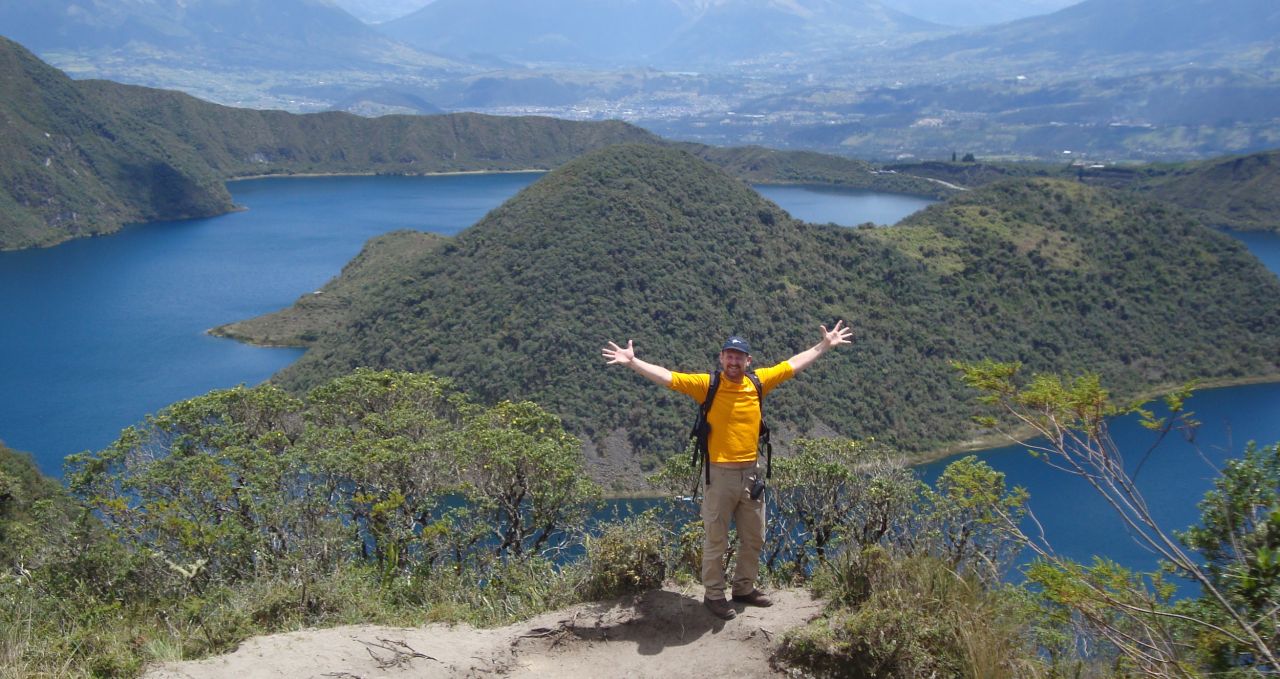
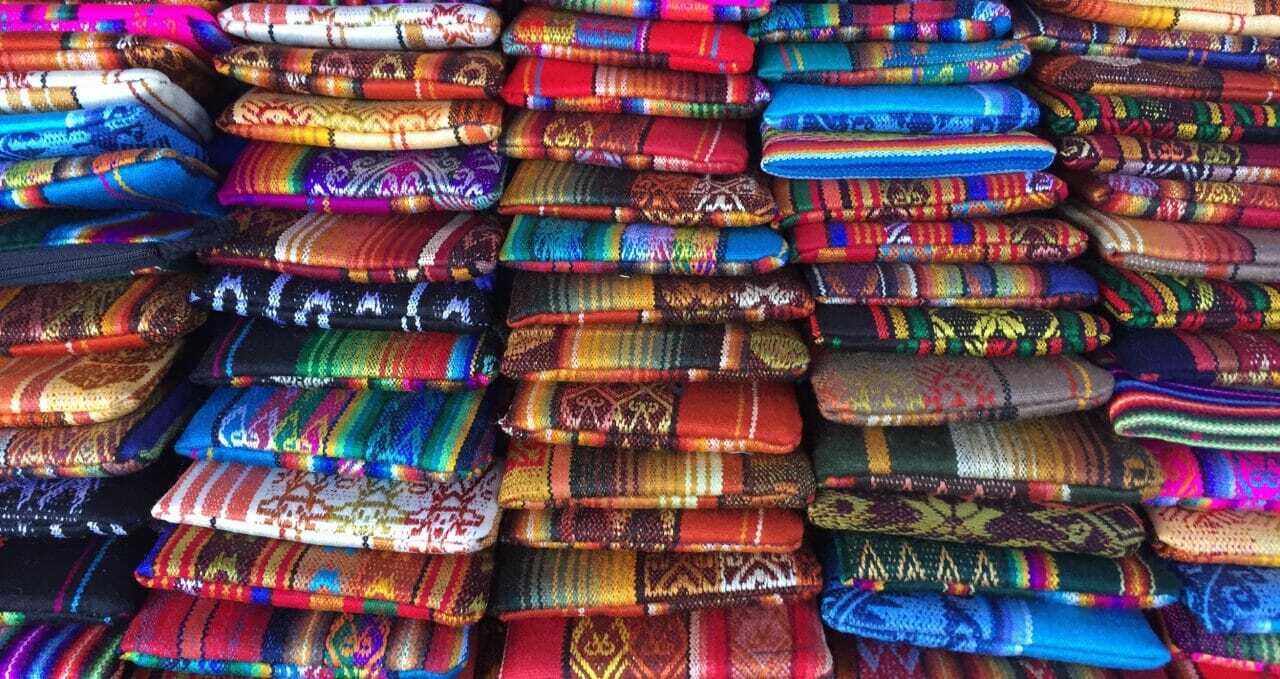
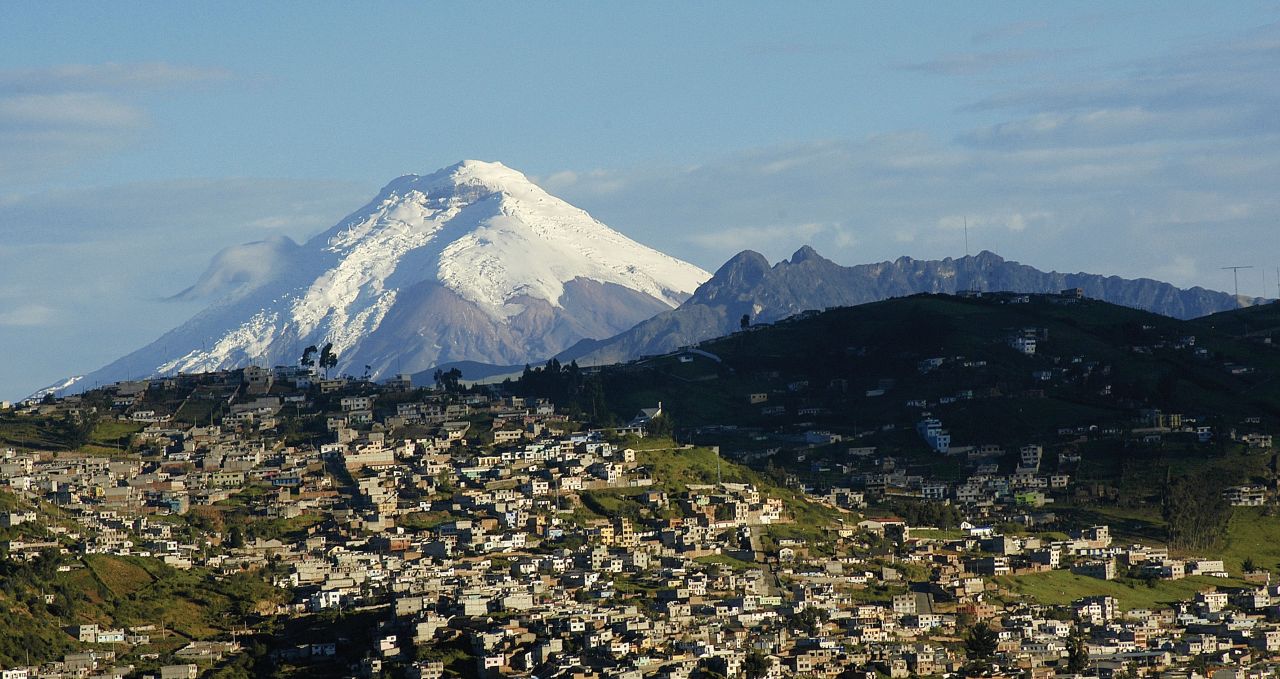
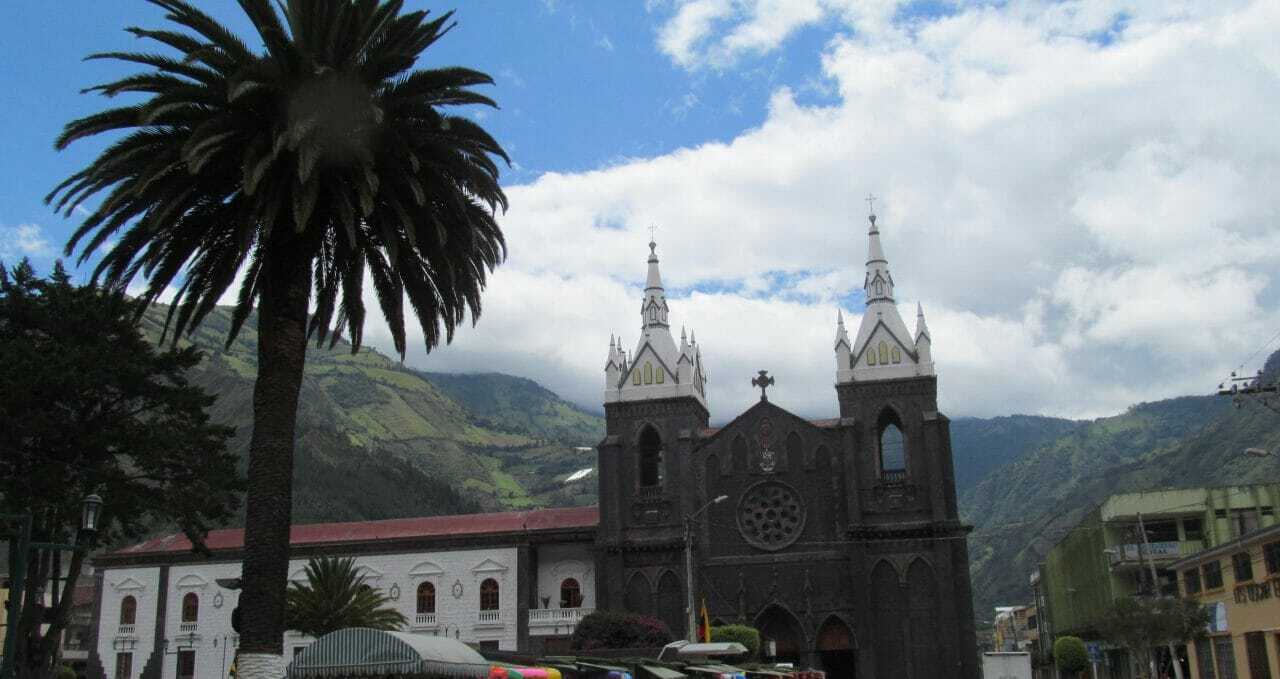
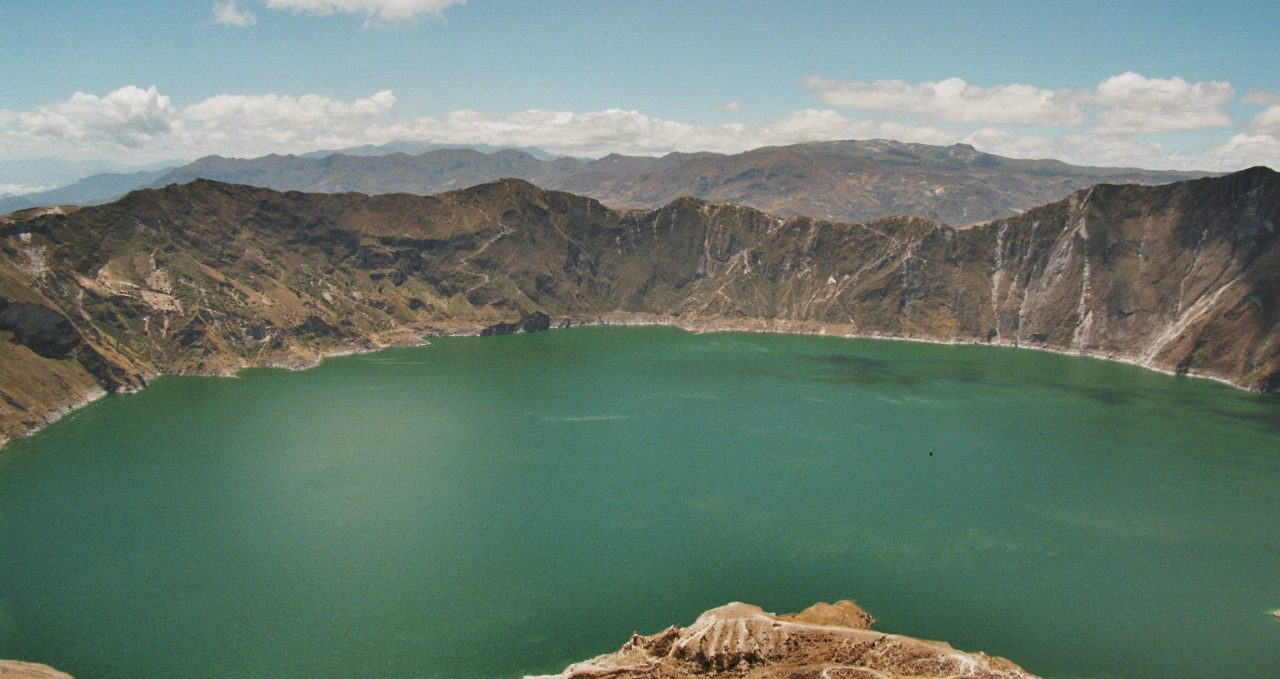
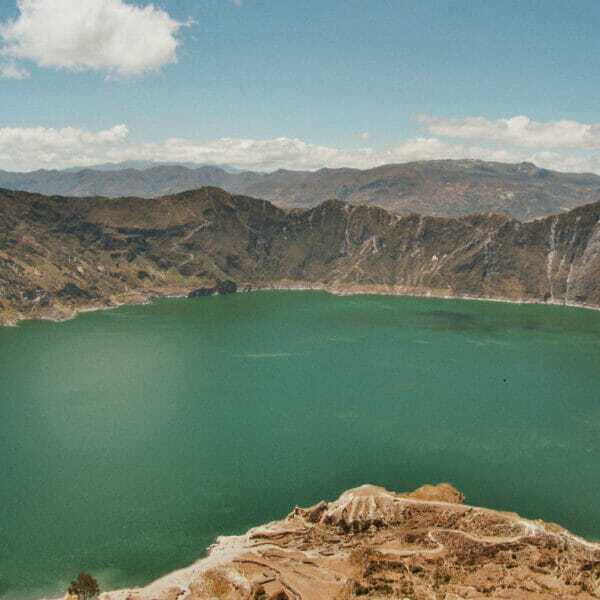
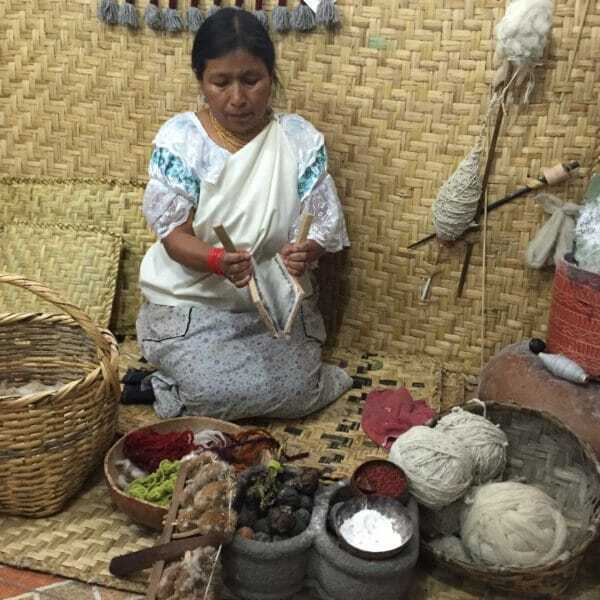
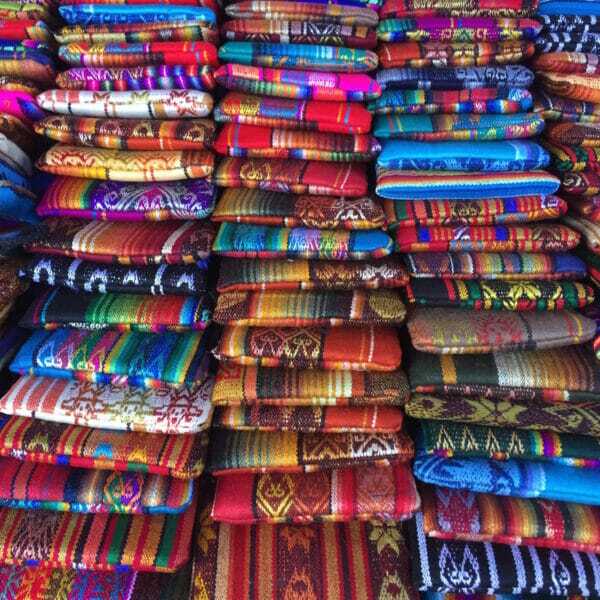
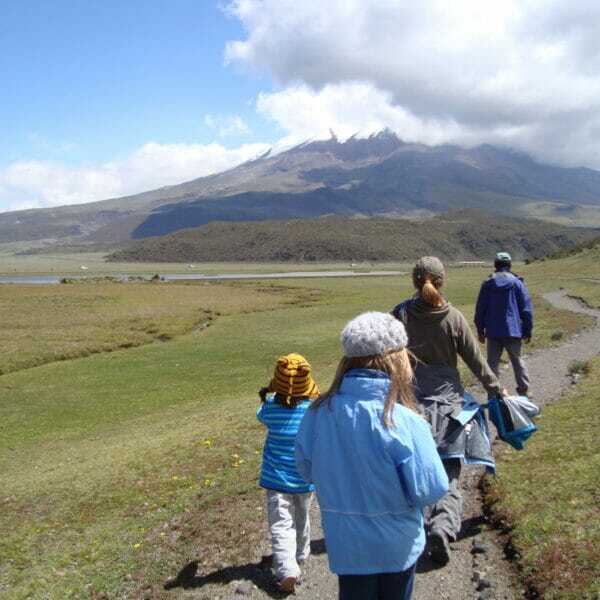
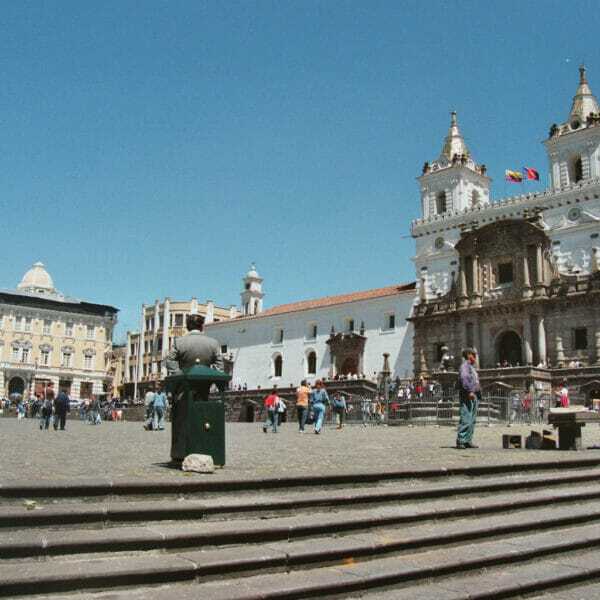
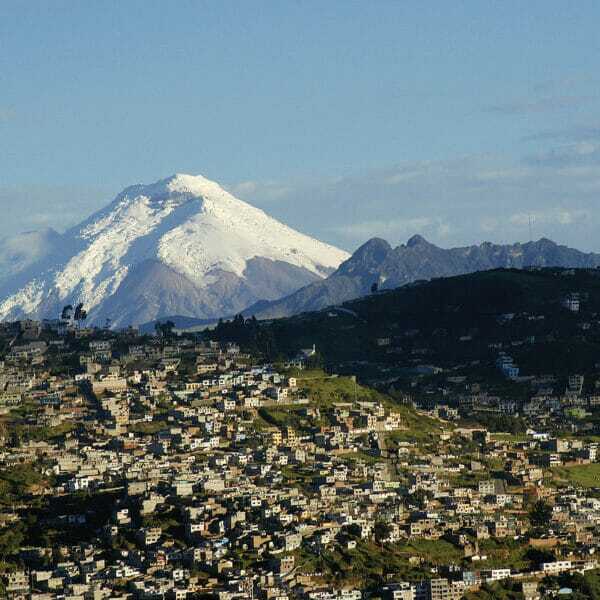
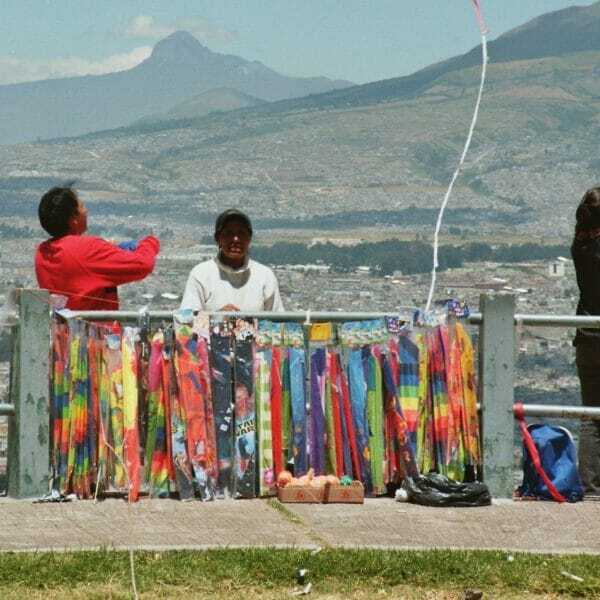
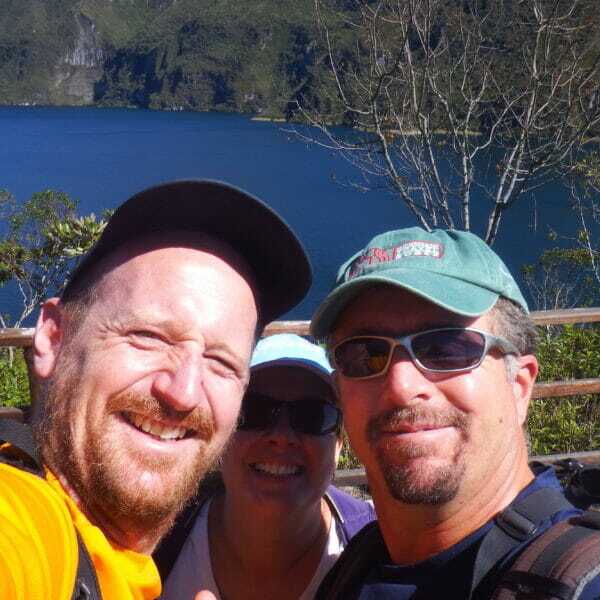
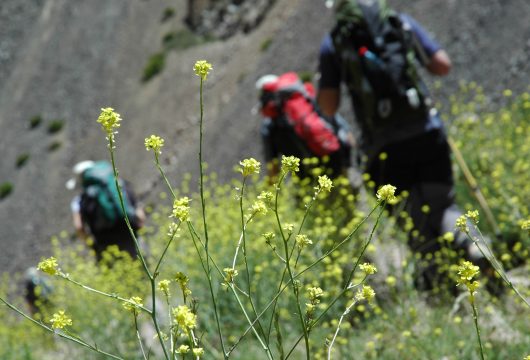
 a Tailor Made Tour
a Tailor Made Tour 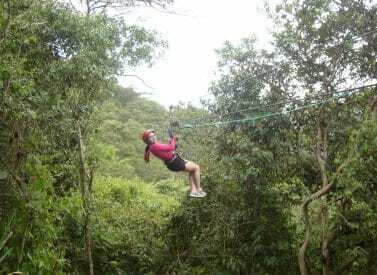
 a Group Tour
a Group Tour 